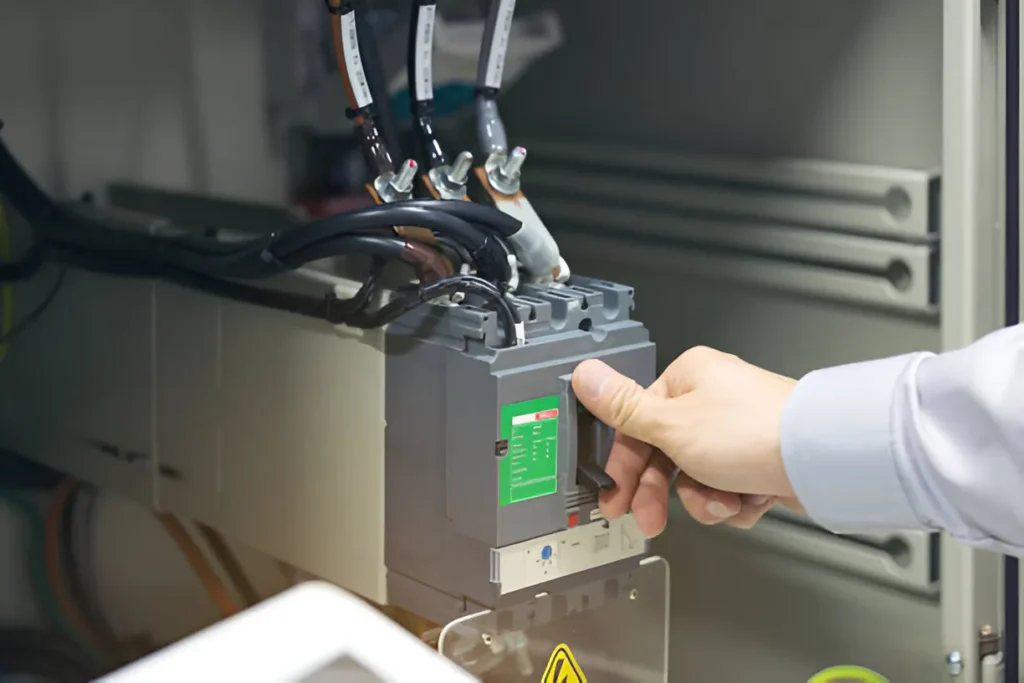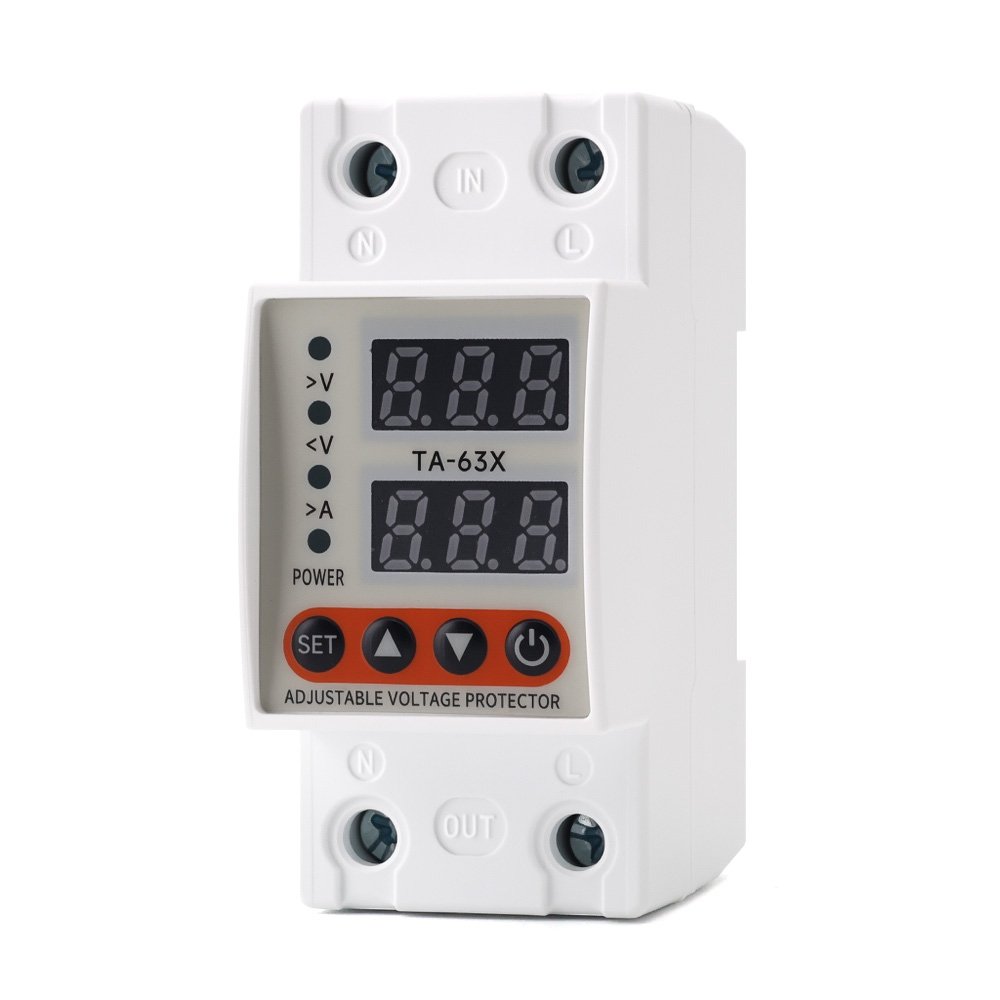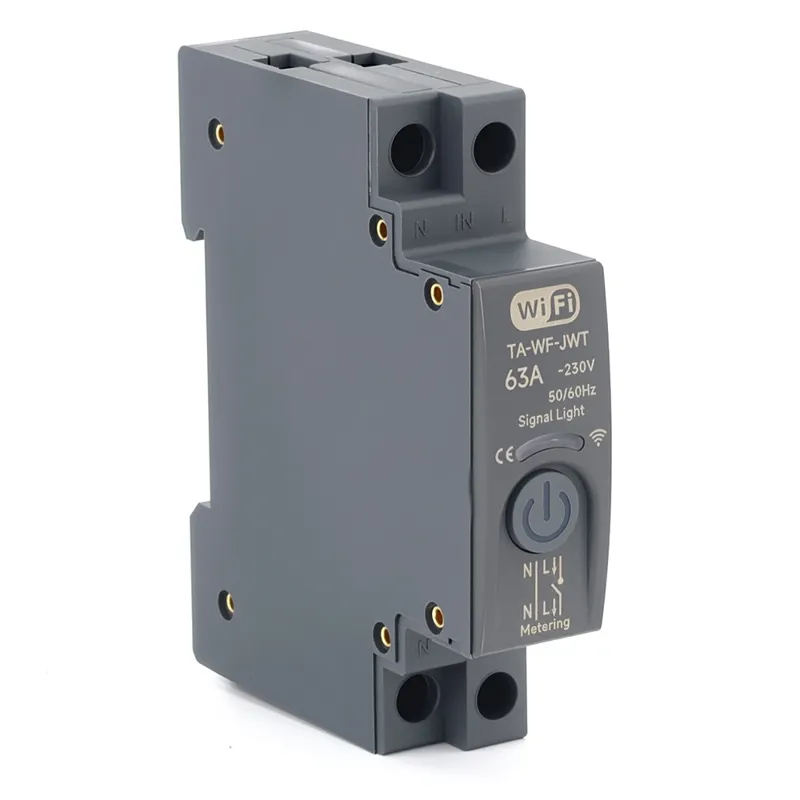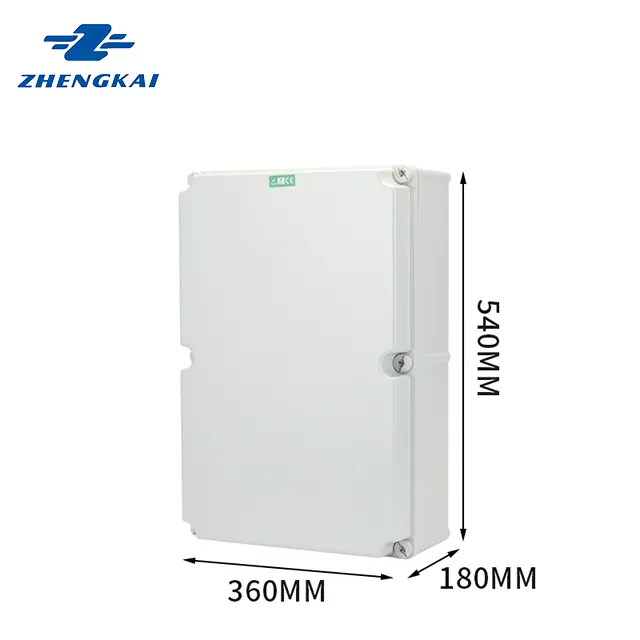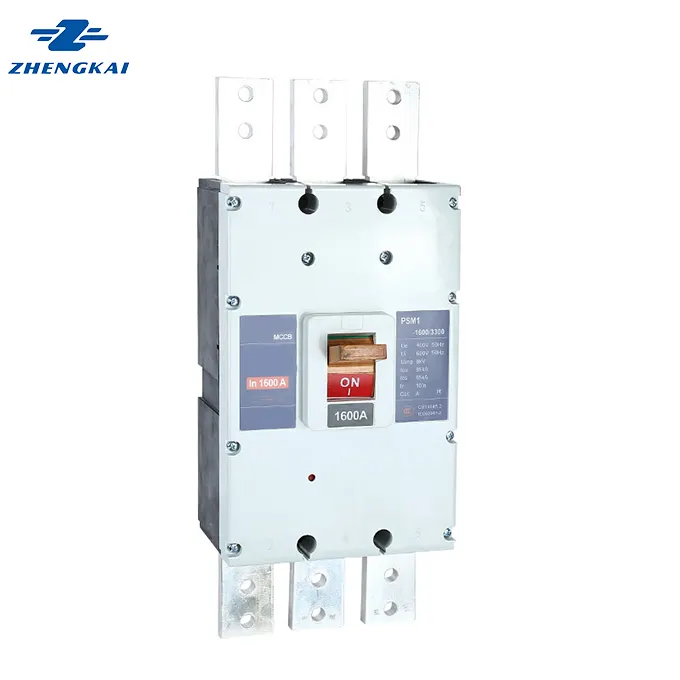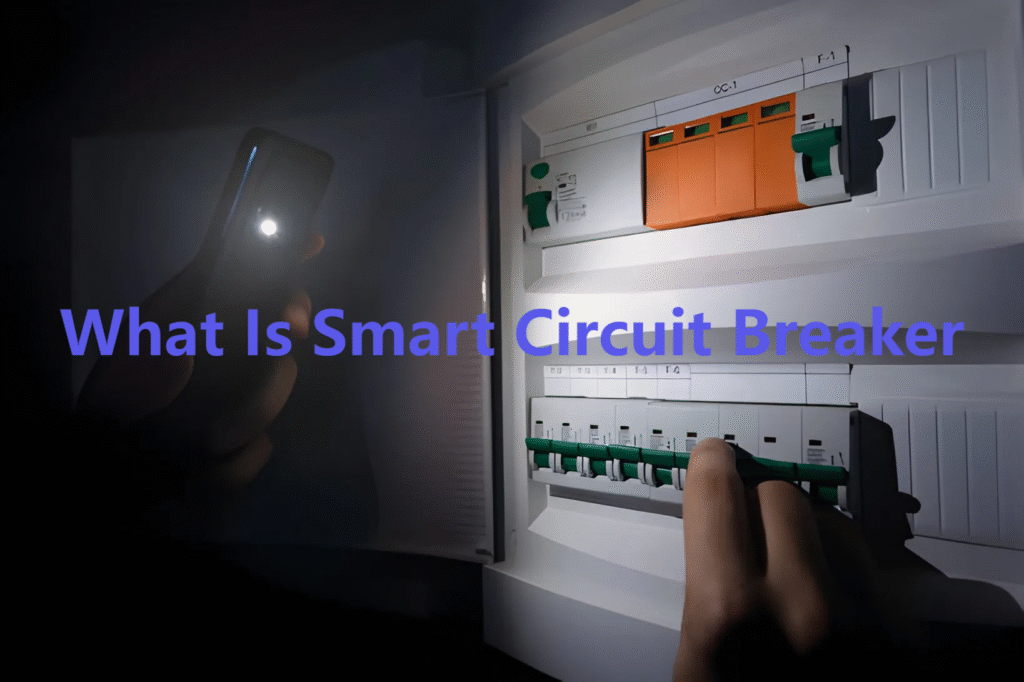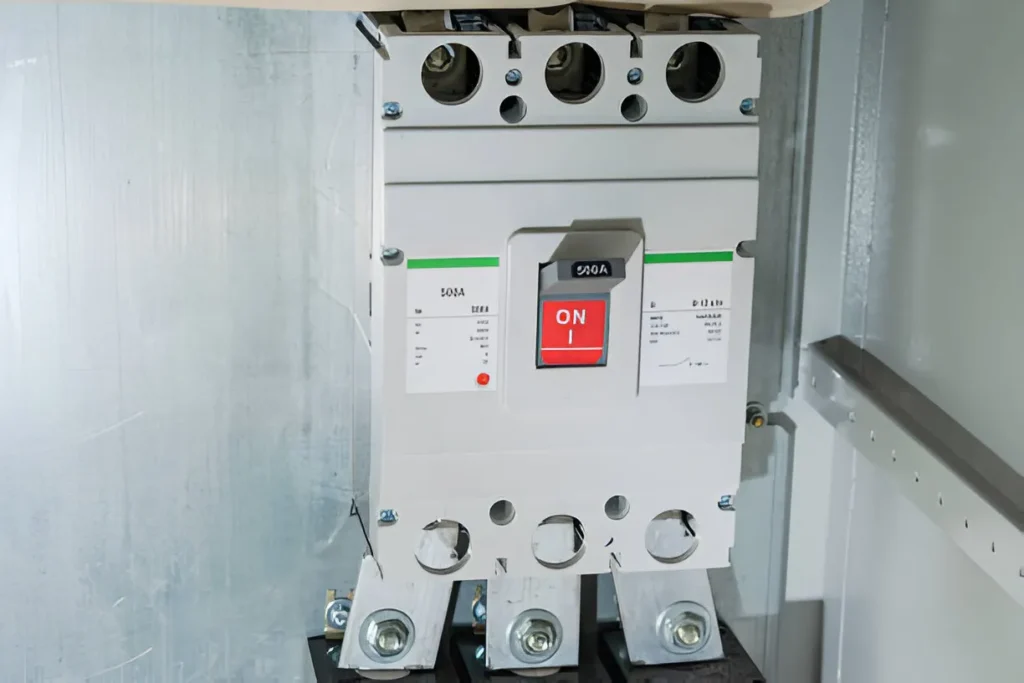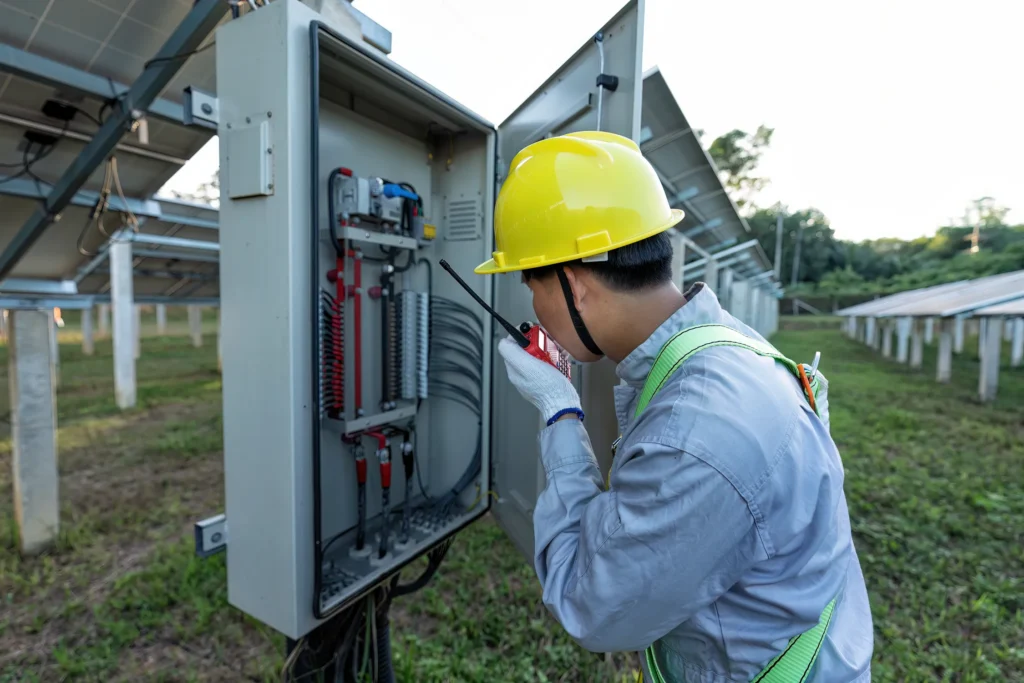Table of Contents
Moulded Case Circuit Breaker is vital for modern power systems, offering flexible and reliable circuit protection across industrial and commercial environments.
What is Moulded Case Circuit Breaker?
A Moulded case circuit breaker (MCCB) is a protective device designed to shield electrical circuits from overloads and short circuits by automatically disconnecting power during fault conditions, safeguarding the system from damage.
MCCBs function in both low- and high-voltage applications and also allow circuit isolation for maintenance purposes. Usually installed in distribution panels, they provide a visible indication when power is off.
The key components of an MCCB include:
- Molded Case: This is the solid outer frame made from durable insulating materials like glass polyester or thermoset composite resin. It securely holds all internal components and offers excellent electrical insulation despite its compact size.
- Terminals: These connectors link the MCCB to external conductors. Proper connection is essential to avoid overheating.
- Operating Mechanism: This switch opens and closes the circuit within the case, controlled via a handle that permits manual operation and links to the internal tripping system.
- Trip Unit: Comprising thermal and electromagnetic sensors, the trip unit detects overloads and short circuits, triggering the operating mechanism to cut off power. It also includes a reset button for reactivating the breaker after a fault.
- Arc Chamber (or Arc Chute): This component manages and extinguishes the electrical arc generated when the circuit is interrupted. It contains contacts that conduct and break the current, arc runners that serve as new electrodes, and arc chutes made of insulated plates that compress and divide the arc, preventing damage to the MCCB.
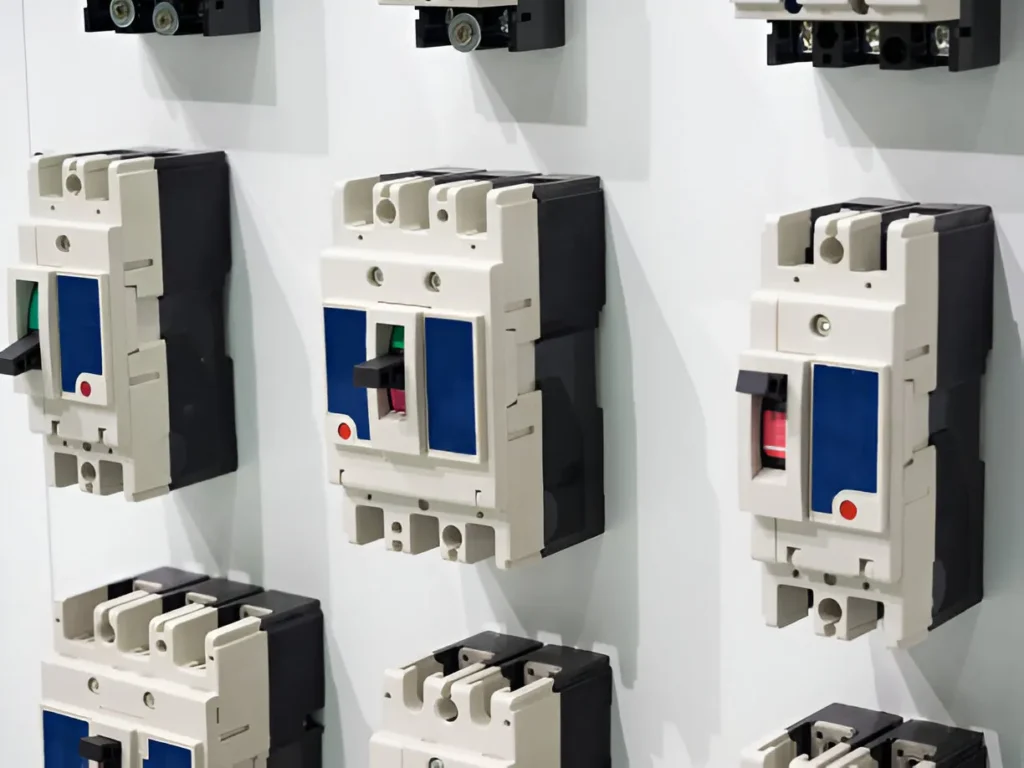

How the MCCB Operates
The Moulded Case Circuit Breaker (MCCB) uses two main devices to provide its trip mechanism: a temperature-sensitive thermal element and a current-sensitive electromagnetic element. These work together to offer three key functions:
Overload Protection
The thermal element provides overload protection. It is made of a bimetallic strip—two metals with different rates of expansion when heated. Under normal conditions, this strip allows current to flow freely through the MCCB. However, when the current exceeds a preset limit, the strip heats up and bends because of the uneven expansion of the metals. As it bends, it pushes the trip bar, causing the breaker to open the circuit and stop the current flow.
This thermal protection has a built-in time delay. This delay is important because some devices, like motors, draw a high “inrush” current only briefly when starting. The delay prevents the MCCB from tripping during these short bursts, allowing normal operation to continue without interruption.
Protection Against Short Circuits
For short circuit faults, the Moulded Case Circuit Breaker uses an electromagnetic element. Inside the breaker is a solenoid coil that creates a small magnetic field during normal operation. When a short circuit occurs, a large current suddenly flows through the coil, creating a strong magnetic field. This strong field quickly pulls the trip bar, immediately opening the contacts to cut off the electricity and protect the circuit.
Manual Disconnection
Besides automatic tripping, MCCBs can also act as manual switches to disconnect power during maintenance or emergencies. When the contacts open, an electrical arc can form. To prevent damage, MCCBs contain internal arc extinguishing mechanisms that safely dissipate the arc, ensuring the breaker stays intact and the circuit is safely disconnected.
Types of MCCB
MCCBs come in different types, each designed with specific trip characteristics to suit various applications and load types. Below is a summary of common MCCB types based on their operating current, trip time, application, and suitability:
| Type | Operating Current (Trip Range) | Operating Time | Typical Application | Suitable Load Type | Surge Current Handling | Installation Location |
|---|---|---|---|---|---|---|
| Type B | Trips at 3 to 5 times rated current (In) | 0.04 – 13 seconds | Domestic use such as lighting and resistive loads | Resistive loads | Low | Sub feeder of distribution board |
| Type C | Trips at 5 to 10 times rated current (In) | 0.04 – 5 seconds | Commercial and industrial applications | Inductive loads (motors, transformers) | Moderate | Incoming/outgoing of distribution board |
| Type D | Trips at 10 to 20 times rated current (In) | 0.04 – 3 seconds | Industrial and commercial use | Inductive-capacitive loads (pumps, large motors) | High | Incoming of distribution boards or panels |
| Type K | Trips at 8 to 12 times rated current (In) | 0.04 – 5 seconds | Heavy industrial applications | Inductive and motor loads with high inrush currents | High | Incoming of distribution boards or panels |
| Type Z | Trips at 2 to 3 times rated current (In) | 0.04 – 5 seconds | Protection of sensitive devices like semiconductors and medical equipment | Highly sensitive loads | Very low | Sub feeder of distribution board for IT equipment |
Each MCCB type is optimized for different environments and load characteristics, ensuring effective protection while minimizing nuisance tripping. Select the MCCB type based on your load requirements and installation site to ensure reliability and safety.
Moulded Case Circuit Breaker Application
Molded Case Circuit Breakers (MCCBs) are widely used in industrial applications because they can handle high current ratings and protect expensive equipment from damage due to faults or overloads. Their adjustable trip settings allow precise handling of inrush currents and delays to avoid unnecessary tripping, which is particularly important for industrial machinery. Common industrial uses include:
- Motors: MCCBs protect motors by adjusting to motor inrush currents and providing the necessary delay to avoid false trips, thereby safeguarding motors from overload damage.
- Welding Machinery: Because welding machines operate at very high currents beyond normal breaker capacities, MCCBs are employed to provide reliable protection by isolating these machines with dedicated breakers.
- Generators: Generators generate high currents and rely on MCCBs to protect both the generator and connected circuits from faults. MCCBs can handle high current ratings, making them essential in generator protection.
- Capacitor Banks: MCCBs help manage current flow, improving power factor correction in commercial and industrial systems by controlling the currents in capacitor banks.
- Electric Feeders: MCCBs with adjustable settings manage high currents in electric feeders, often serving as the main incoming breaker to safely dissipate large current loads.
These applications benefit from MCCBs’ robust construction, adjustable trip settings, and capability to ensure reliable protection and operation in demanding environments.
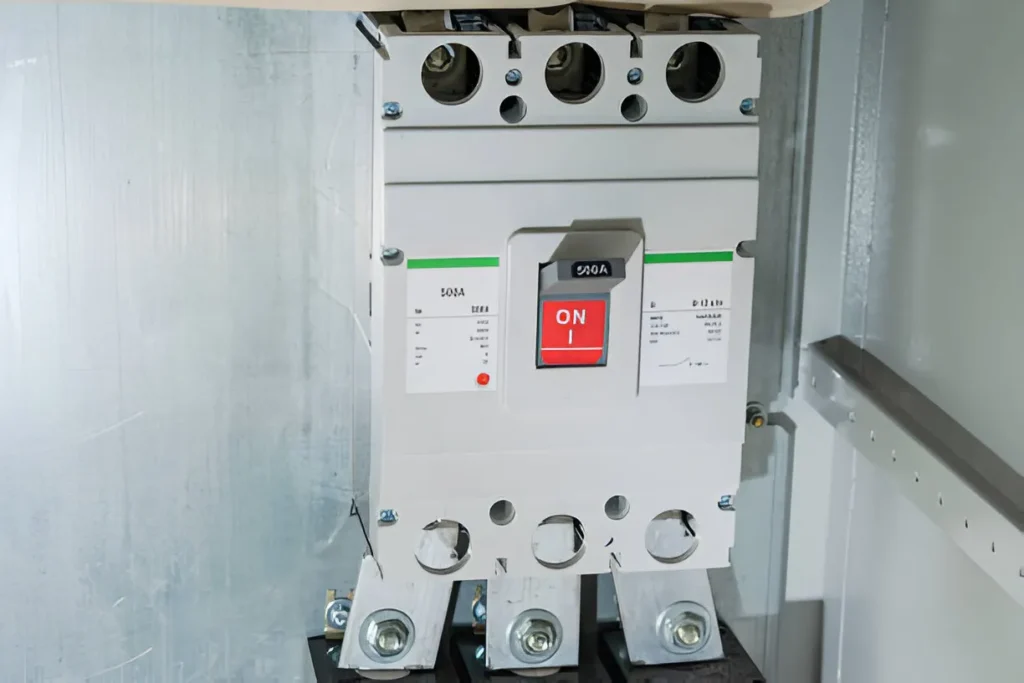

Moulded Case Circuit Breaker Vs Traditional Circuit Breaker
Traditional circuit breakers usually handle currents below 100 amps and have an interrupting capacity under 18,000 amps. They lack tripping sensors, so they cannot detect when current exceeds safe limits. Designed mainly for low-current circuits, traditional breakers are commonly used in household wiring and for small appliances.
In contrast, Moulded Case Circuit Breakers offer adjustable trip settings and come in models that support currents from 10 to 2,500 amps. Their interrupting capacity ranges between 10,000 and 200,000 amps, enabling them to manage both low and high current demands effectively.
Thanks to their higher ratings, MCCBs are suitable for industrial equipment such as motors, welding machines, and factory machinery. They can be remotely controlled to trip or reset as needed. MCCBs also play a key role in commercial and industrial setups, often serving as standby power breakers.
After tripping, MCCBs can usually be reset instead of replaced. When choosing Moulded Case Circuit Breakers, it is important to select trusted manufacturers to ensure reliability and durability.
Moulded Case Circuit Breaker Maintenance
MCCBs carry high currents, so regular maintenance is essential to ensure they operate reliably. Key maintenance steps include:
Visual Inspection
Carefully examine the MCCB for any signs of damage such as cracked casing, worn or deformed contacts, or burn marks on the contacts or housing. Any visible defects should be addressed immediately to avoid faults.
Lubrication
Certain Moulded Case Circuit Breaker models need proper lubrication to keep the manual disconnection switch and internal moving parts operating smoothly and without sticking.
Cleaning
Dust and dirt buildup can harm MCCB components. If conductive debris accumulates, it might create unwanted current paths and cause failures. Regular cleaning prevents dirt-related faults.
Testing
Maintenance includes several important electrical tests:
- Insulation Resistance Test:
Disconnect the MCCB and measure insulation resistance between phases and between supply and load terminals. If resistance is below the manufacturer’s recommended level, the MCCB’s protective ability may be compromised. - Contact Resistance Test:
Measure resistance across the electrical contacts. Normally, contact resistance should be very low to minimize energy losses. Compare results to manufacturer specifications to detect possible contact wear or damage. - Tripping Test:
Simulate overcurrent and fault conditions to confirm the Moulded Case Circuit Breaker trips correctly. Test thermal protection by passing a current about 3 times the rated value through the breaker. Failure to trip signals thermal protection issues. Test magnetic protection by applying brief, very high current pulses; the MCCB should trip instantly. Perform this test last, as the high current can heat contacts and affect other tests.
High quality, low price
Want to know the specific price of our products? Come and consult us!
Conclusion
Choosing the right Moulded Case Circuit Breaker for your specific application is essential to ensure proper protection, especially in environments with high-power equipment.
Regular maintenance, including checks and tests after any trip events, is equally important to keep the MCCB functioning reliably. Following these practices helps maintain the safety and integrity of the electrical system.
In any case, it is important to consult with the manufacturers to get reliable and high-quality MCCBs.Contact us to find out more about our products and services.

